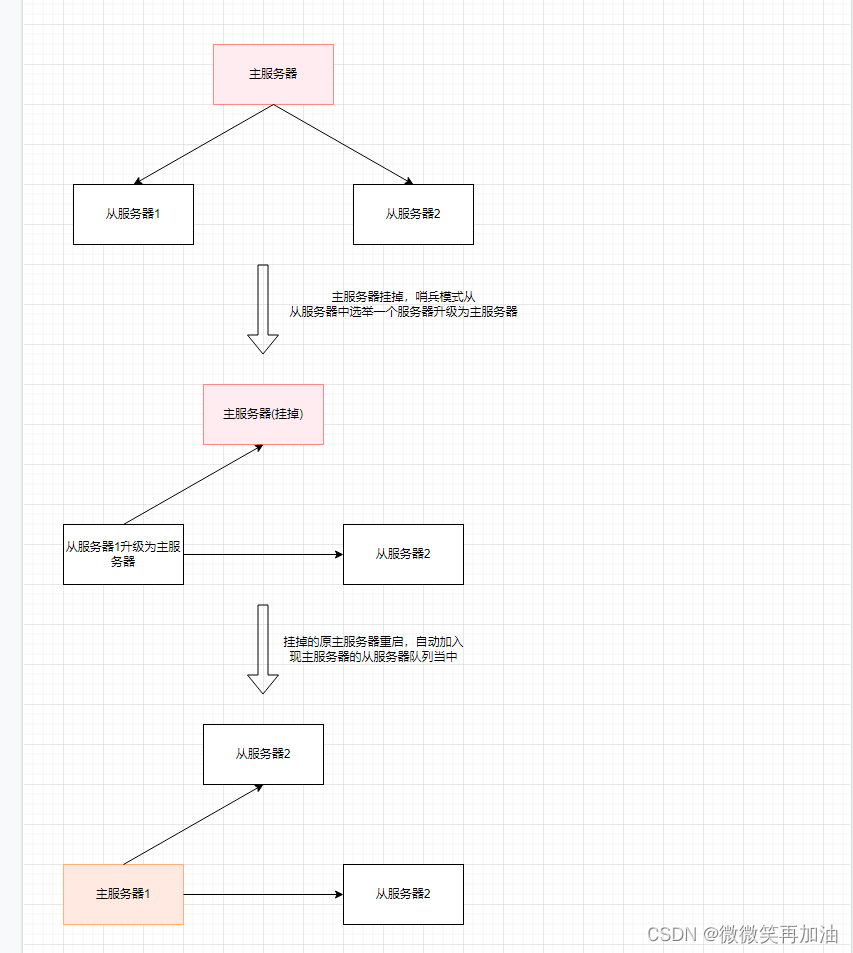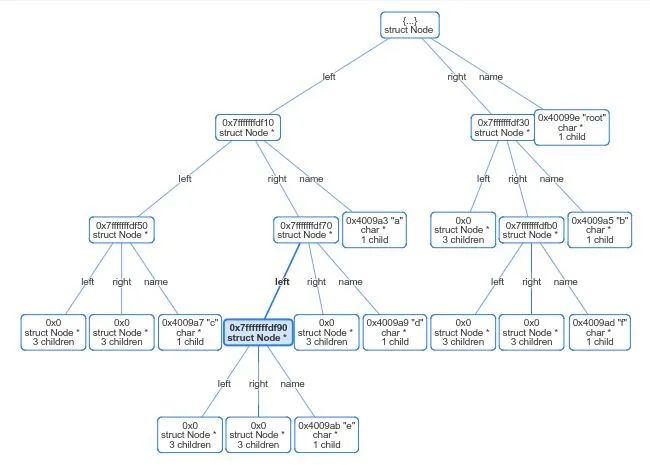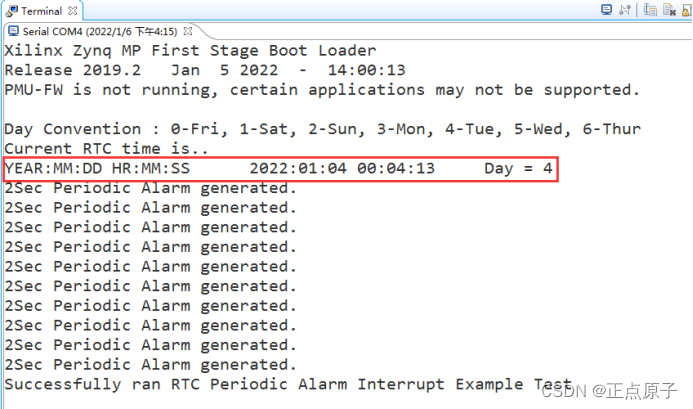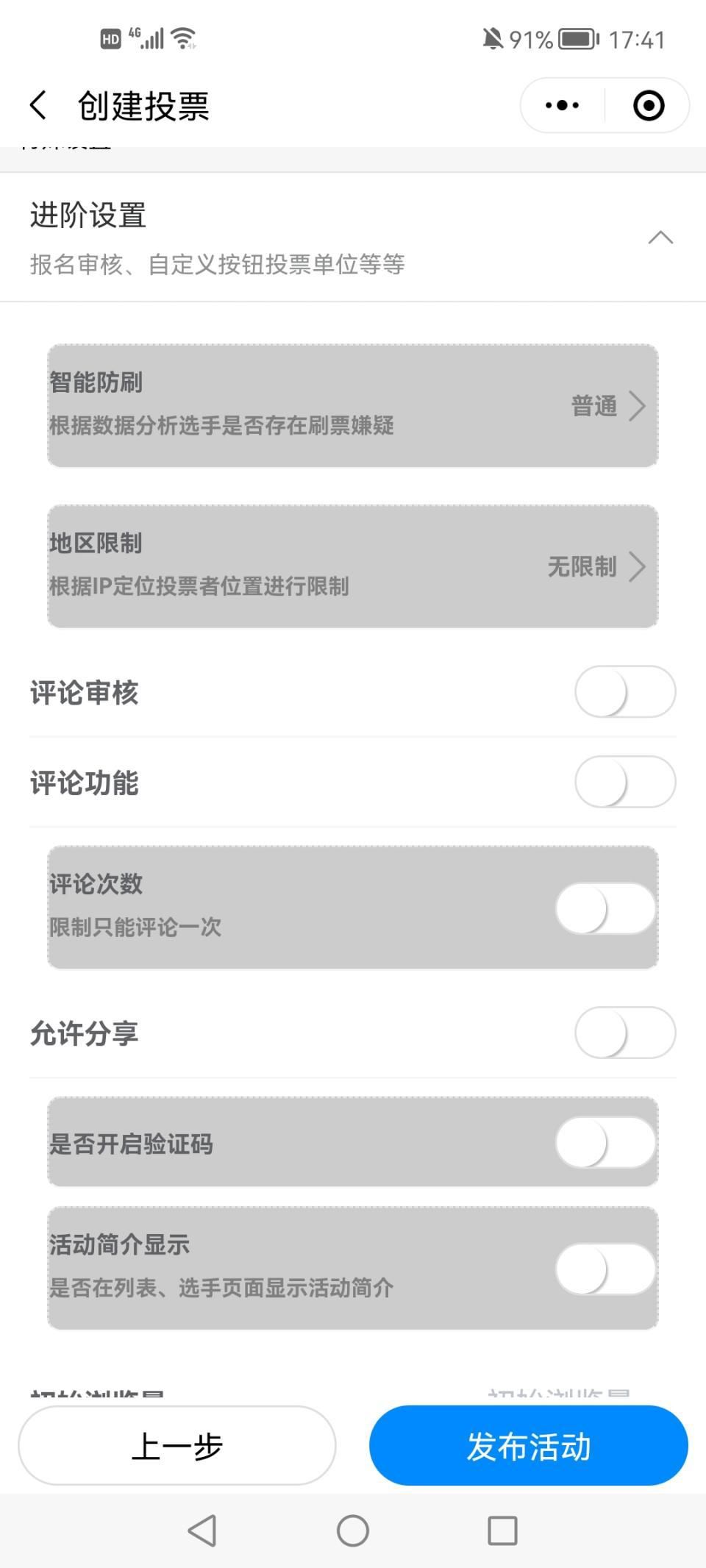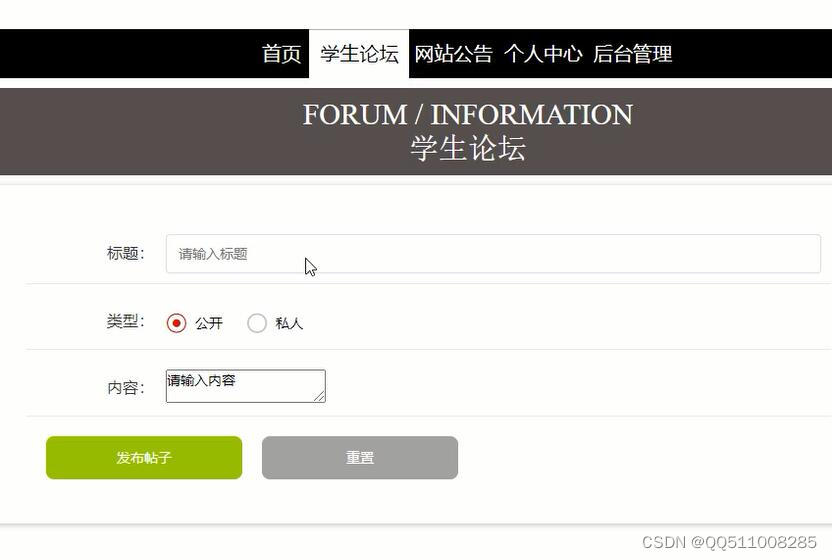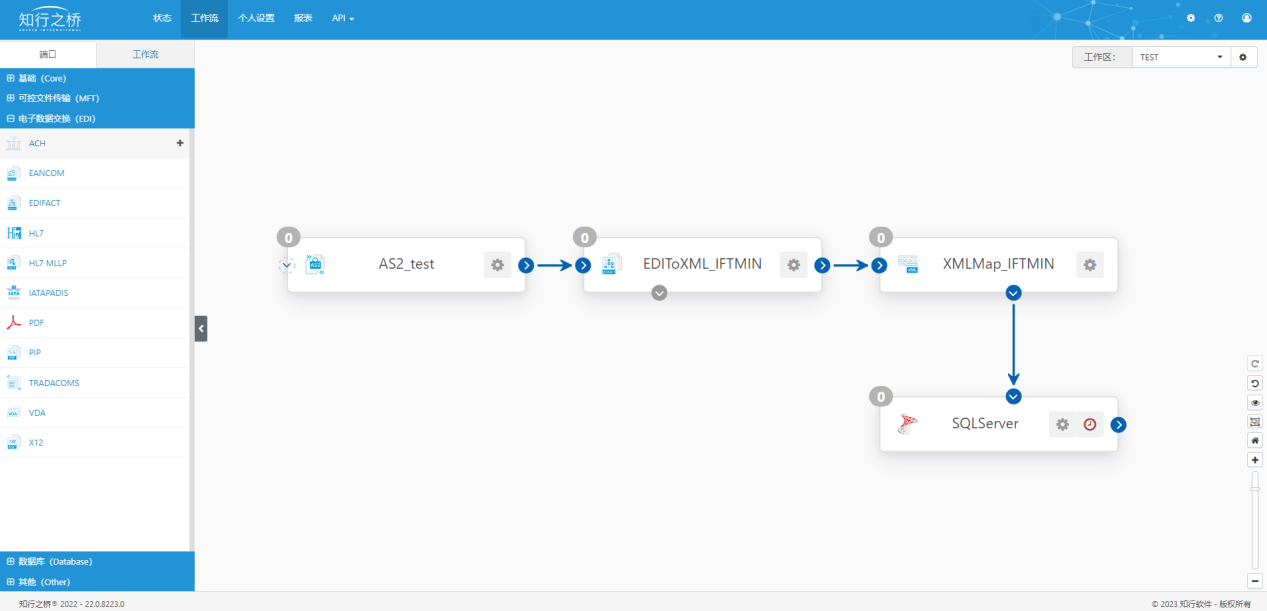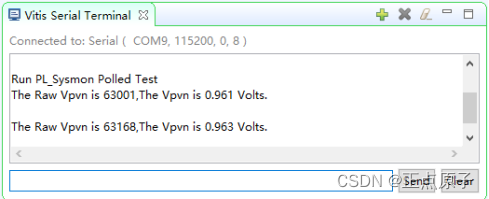样例代码请参考:spring-security-oauth2.0-server-sample
Spring Authorization Server刚发展不久,还没有springboot版本,而Resource Server有,但是两个底层很多不兼容,会重复引入不同版本的jar包。
另外,该spring-security-oauth2-authorization-server依赖支持OAuth2.1草案规范。
- 关于OAuth2.1草案介绍请参考 OAuth 2.1
Server中的SecurityFilterChain
SecurityFilterChain中有以下filter:

其中AuthenticationManager接口 默认实现类 ProviderManager中有以下 AuthenticationProvider供认证:

除了以上的一个SecurityFilterChain之外,server本身作为一个web服务器需要另外一个SecurityFilterChain(一个用于授权别人,一个用于认证用户)。
所以存在两个 SecurityFilterChain, 而Spring Security会执行匹配到的第一个SecurityFilterChain。在配置文件中要通过@Order给授权filterchain更高级别:
class SecurityConfig{
@Bean
@Order(1)
public SecurityFilterChain authorizationServerSecurityFilterChain(HttpSecurity http)
throws Exception {
OAuth2AuthorizationServerConfigurer conf = new OAuth2AuthorizationServerConfigurer();
http.apply(conf);
...
return http.build();
}
@Bean
@Order(2)
public SecurityFilterChain defaultSecurityFilterChain(HttpSecurity http)
throws Exception {
http.authorizeHttpRequests((authorize) -> authorize
.anyRequest().authenticated()
)
.formLogin(Customizer.withDefaults());
return http.build();
}
}
匹配SecurityFilterChain逻辑在 FilterChainProxy#getFilters :
private List<Filter> getFilters(HttpServletRequest request) {
int count = 0;
for (SecurityFilterChain chain : this.filterChains) {
if (chain.matches(request)) {
return chain.getFilters();
}
}
return null;
}
DefaultSecurityFilterChain implements SecurityFilterChain中有RequestMatcher接口用于filterchain匹配,所有在OAuth2 Authorization Server中配置过的endpoint如果匹配,则进入授权的filterchain:

OAuth2AuthorizationEndpointFilter
- 开始授权
- 未登录本应用,重定向到登录页面,用户先登录
- 登陆后重定向到本应用授权页面,授权其他应用
- 授权成功后重定向code到redirect_uri
其中,2和3步由
OAuth2AuthorizationCodeRequestAuthenticationProvider配合完成,4步由OAuth2AuthorizationConsentAuthenticationProvider配合完成。
该类首先进行拦截,进来先将Request转化为Authentication,然后用
ProviderManager implements AuthenticaitonManager中的AuthenticationProvider,具体是OAuth2AuthorizationCodeRequestAuthenticationProvider,在该provider中,先用RegisteredClientRepository查询clientid是否存在。然后 进行PKCE机制校验,成功后判断当前用户是否登录授权,没有登录就由该链中的ExceptionTranslationFilter中调用LoginUrlAuthenticationEntryPoint implements AuthenticationEntryPoint 重定向到 登录页面进行登录(这个重定向之前会把request的信息包含client_id,redirect_uri,state等参数保存到RequestCache(默认通过HttpSession实现)中,后面登陆成功又有一个重定向到授权页面),重定向后由另一条SecurityFilterChain处理,另一条filterchain中的UsernamePasswordAuthenticationFilter extends AbstractAuthenticationProcessingFilter登录校验成功后其父类AbstractAuthenticationProcessingFilter中的字段SavedRequestAwareAuthenticationSuccessHandler在RequestCache中取出session(会对之前的缓存的request包装现在的request,包含client_id,redirect_uri,state等参数),会进行重定向,重定向到授权页面,询问用户是否授权。后续详见下面的OAuth2AuthorizationEndpointFilter
// 该类负责授权过程中,code换取accessToken之前所有流程,有很多重定向以及利用session保存registeredclient提交的信息以及usernamepassword登陆成功的authentication.
public final class OAuth2AuthorizationEndpointFilter extends OncePerRequestFilter {
// 注意 成功handler是一个匿名类,方法为本类中sendAuthorizationResponse
private AuthenticationSuccessHandler authenticationSuccessHandler = this::sendAuthorizationResponse;
...
@Override
protected void doFilterInternal(HttpServletRequest request, HttpServletResponse response, FilterChain filterChain)
throws ServletException, IOException {
// 首先根据路径匹配是否要开始授权,如 默认 /oauth2/authorize
if (!this.authorizationEndpointMatcher.matches(request)) {
filterChain.doFilter(request, response);
return;
}
// 开始授权
try {
...
// 具体调用 OAuth2AuthorizationCodeRequestAuthenticationProvider implements AuthenticationProvider
// 其中会判断是否登录和授权,分别返回不同类型的Authentication实现类,后续会根据类型进行判断是否收授权
Authentication authenticationResult = this.authenticationManager.authenticate(authentication);
// 授权服务器还未登录,直接让后面的处理,会抛出异常由ExceptionTranslationFilter处理,最后由LoginUrlAuthenticationEntryPoint重定向至登录页面如/login(注意,之前传过来的信息如client_id,redirect_uri都放在session中,并返回sessionid了),
// 但是登录不会走授权的filterChain,而是web security那一条中的UsernamePasswordAuthenticationFilter。
// 登陆成功后 由UsernamePasswordAuthenticationFilter的AuthenticationSuccessHandler处理,
// 其实现类SavedRequestAwareAuthenticationSuccessHandler(在usernamefilter父类中)处理,该handler在session中拿取之前的client_id,redirect_uri等信息,
// 再次重定向到 默认的开始授权路径/oauth2/authorize(注意,不是redirect_uri)
if (!authenticationResult.isAuthenticated()) {
// If the Principal (Resource Owner) is not authenticated then
// pass through the chain with the expectation that the authentication process
// will commence via AuthenticationEntryPoint
filterChain.doFilter(request, response);
return;
}
// 由上面的重定向,用户已经登录(登录信息也是通过session传递的)
// 如果还没授权,该类型就为OAuth2AuthorizationConsentAuthenticationToken,如果授权过了,这里就不是了
// 具体流程在OAuth2AuthorizationCodeRequestAuthenticationProvider中
if (authenticationResult instanceof OAuth2AuthorizationConsentAuthenticationToken) {
// 发送重定向到授权页面
sendAuthorizationConsent(...);
return;
}
// 如果都授权,开始执行code返回流程,该handler是匿名类,执行本类#sendAuthorizationResponse
// 用户同意授权后由OAuth2AuthorizationConsentAuthenticationProvider处理
// 在该Provider中会生成code
this.authenticationSuccessHandler.onAuthenticationSuccess(
request, response, authenticationResult);
} catch (OAuth2AuthenticationException ex) {
...
this.authenticationFailureHandler.onAuthenticationFailure(request, response, ex);
}
}
private void sendAuthorizationResponse(HttpServletRequest request, HttpServletResponse response,
Authentication authentication) throws IOException {
OAuth2AuthorizationCodeRequestAuthenticationToken authorizationCodeRequestAuthentication =
(OAuth2AuthorizationCodeRequestAuthenticationToken) authentication;
// 生成code
UriComponentsBuilder uriBuilder = UriComponentsBuilder
.fromUriString(authorizationCodeRequestAuthentication.getRedirectUri())
.queryParam(OAuth2ParameterNames.CODE, authorizationCodeRequestAuthentication.getAuthorizationCode().getTokenValue());
String redirectUri;
// 返回接受的state,防止CSRF
if (StringUtils.hasText(authorizationCodeRequestAuthentication.getState())) {
uriBuilder.queryParam(OAuth2ParameterNames.STATE, "{state}");
Map<String, String> queryParams = new HashMap<>();
queryParams.put(OAuth2ParameterNames.STATE, authorizationCodeRequestAuthentication.getState());
redirectUri = uriBuilder.build(queryParams).toString();
} else {
redirectUri = uriBuilder.toUriString();
}
// 带着code和state参数重定向到用户给的redirect_uri
this.redirectStrategy.sendRedirect(request, response, redirectUri);
}
}
OAuth2AuthorizationCodeRequestAuthenticationProvider
public final class OAuth2AuthorizationCodeRequestAuthenticationProvider implements AuthenticationProvider {
// 注册的client的repo
private final RegisteredClientRepository registeredClientRepository;
// OAuth2的Authentication的信息,默认InMemory实现
// 包含两个部分,一个已经完成,一个流程中
// Map<String, OAuth2Authorization> initializedAuthorizations = ...
// Map<String, OAuth2Authorization> authorizations = ...
private final OAuth2AuthorizationService authorizationService;
// OAuth2已经授权过的信息
private final OAuth2AuthorizationConsentService authorizationConsentService;
// code生成器
private OAuth2TokenGenerator<OAuth2AuthorizationCode> authorizationCodeGenerator = new OAuth2AuthorizationCodeGenerator();
@Override
public Authentication authenticate(Authentication authentication) throws AuthenticationException {
OAuth2AuthorizationCodeRequestAuthenticationToken authorizationCodeRequestAuthentication =
(OAuth2AuthorizationCodeRequestAuthenticationToken) authentication;
// 找client
RegisteredClient registeredClient = this.registeredClientRepository.findByClientId(
authorizationCodeRequestAuthentication.getClientId());
// 没有就抛异常
if (registeredClient == null) {
throwError(...);
}
// 有client进一步校验参数
OAuth2AuthorizationCodeRequestAuthenticationContext authenticationContext = ...
this.authenticationValidator.accept(authenticationContext);
// 注册的用户没有code grant的类型,抛异常
if (!registeredClient.getAuthorizationGrantTypes().contains(AuthorizationGrantType.AUTHORIZATION_CODE)) {
throwError(}
}
// code_challenge (REQUIRED for public clients) - RFC 7636 (PKCE)
String codeChallenge = (String) authorizationCodeRequestAuthentication.getAdditionalParameters().get(PkceParameterNames.CODE_CHALLENGE);
// 有 code_challenge 和 code_challenge_method参数,进一步校验
if (StringUtils.hasText(codeChallenge)) {
...
}
// 没有看server端是否必需PKCE,如果必需抛异常
else if (registeredClient.getClientSettings().isRequireProofKey()) {
throwError();
}
// 获得当前的 Authentication,此时类型是OAuth2AuthorizationCodeRequestAuthenticationToken
Authentication principal = (Authentication) authorizationCodeRequestAuthentication.getPrincipal();
// 没有认证过,直接返回,第一次请求开始就在这里返回
if (!isPrincipalAuthenticated(principal)) {
// Return the authorization request as-is where isAuthenticated() is false
return authorizationCodeRequestAuthentication;
}
// 进行到这里,表示用户已经通过另一条SecurityFilterChain登录过,并返回了登录信息
// 登录后下面即将开始授权流程
// 生成一个Request包含前面所有信息
OAuth2AuthorizationRequest authorizationRequest = ...
// 根据client_id和name查询是否已经授权过,没有授权这里为null
OAuth2AuthorizationConsent currentAuthorizationConsent = this.authorizationConsentService.findById(
registeredClient.getId(), principal.getName());
// requireAuthorizationConsent 方法
// 如果consent为null,获取配置不需要consent就跳过
if (requireAuthorizationConsent(registeredClient, authorizationRequest, currentAuthorizationConsent)) {
// 需要授权
// 生成state
String state = DEFAULT_STATE_GENERATOR.generateKey();
OAuth2Authorization authorization = authorizationBuilder(registeredClient, principal, authorizationRequest)
.attribute(OAuth2ParameterNames.STATE, state)
.build();
// 保存流程中的Authorization
this.authorizationService.save(authorization);
...
// 返回OAuth2AuthorizationConsentAuthenticationToken类型
// 在OAuth2AuthenticationEndpointFilter中会判断返回结果Authentication是否是下面的类型
// 如果是表示需要进行授权操作,授权重定向流程在OAuth2AuthenticationEndpointFilter#sendAuthorizationConsent中
return new OAuth2AuthorizationConsentAuthenticationToken(...);
}
// 此时已经授权难过了
// 保存已完成的Authentication
this.authorizationService.save(updatedAuthorization);
// 返回该类型的Authentication
return new OAuth2AuthorizationCodeRequestAuthenticationToken()
OAuth2AuthorizationConsentAuthenticationProvider
用户登录后点击授权,返回后由该AuthenticationProvider实现类处理。
public final class OAuth2AuthorizationConsentAuthenticationProvider implements AuthenticationProvider {
// state参数表示 正在进行的 OAuth2 授权
private static final OAuth2TokenType STATE_TOKEN_TYPE = new OAuth2TokenType(OAuth2ParameterNames.STATE);
private final RegisteredClientRepository registeredClientRepository;
private final OAuth2AuthorizationService authorizationService;
private final OAuth2AuthorizationConsentService authorizationConsentService;
private OAuth2TokenGenerator<OAuth2AuthorizationCode> authorizationCodeGenerator = new OAuth2AuthorizationCodeGenerator();
private Consumer<OAuth2AuthorizationConsentAuthenticationContext> authorizationConsentCustomizer;
@Override
public Authentication authenticate(Authentication authentication) throws AuthenticationException {
OAuth2AuthorizationConsentAuthenticationToken authorizationConsentAuthentication =
(OAuth2AuthorizationConsentAuthenticationToken) authentication;
// 找到正在进行的 Authorization,在上面的OAuth2AuthorizationCodeRequestAuthenticationProvider requireAuthorizationConsent的if代码块中保存了,注意不是最后的哪里保存的
// 根据state参数寻找,防止CSRF
OAuth2Authorization authorization = this.authorizationService.findByToken(
authorizationConsentAuthentication.getState(), STATE_TOKEN_TYPE);
if (authorization == null) {
throwError(...);
}
// The 'in-flight' authorization must be associated to the current principal
// 关联 authroization和principal
Authentication principal = (Authentication) authorizationConsentAuthentication.getPrincipal();
if (!isPrincipalAuthenticated(principal) || !principal.getName().equals(authorization.getPrincipalName())) {
throwError(...);
}
// 验证RegisteredClient
RegisteredClient registeredClient = this.registeredClientRepository.findByClientId(
authorizationConsentAuthentication.getClientId());
if (registeredClient == null || !registeredClient.getId().equals(authorization.getRegisteredClientId())) {
throwError(...);
}
// 判断需要的授权和用户给的授权是否覆盖,不足则抛异常
OAuth2AuthorizationRequest authorizationRequest = authorization.getAttribute(OAuth2AuthorizationRequest.class.getName());
Set<String> requestedScopes = authorizationRequest.getScopes();
Set<String> authorizedScopes = new HashSet<>(authorizationConsentAuthentication.getScopes());
if (!requestedScopes.containsAll(authorizedScopes)) {
throwError(...);
}
// 判断是否有授权
OAuth2AuthorizationConsent currentAuthorizationConsent = this.authorizationConsentService.findById(...)。
// 接下来根据client_id 和 principal_name把用户给的授权添加到已授权目录中
....
if (!authorizationConsent.equals(currentAuthorizationConsent)) {
this.authorizationConsentService.save(authorizationConsent);
}
// 生成code
OAuth2TokenContext tokenContext = createAuthorizationCodeTokenContext(
authorizationConsentAuthentication, registeredClient, authorization, authorizedScopes);
OAuth2AuthorizationCode authorizationCode = this.authorizationCodeGenerator.generate(tokenContext);
// 保存Authorization进度
OAuth2Authorization updatedAuthorization = OAuth2Authorization.from(authorization)
.authorizedScopes(authorizedScopes)
.token(authorizationCode)
.attributes(attrs -> {
attrs.remove(OAuth2ParameterNames.STATE);
})
.build();
this.authorizationService.save(updatedAuthorization);
// 返回该类型到由OAuth2AuthorizationEndpointFilter的successHandler处理
return new OAuth2AuthorizationCodeRequestAuthenticationToken(...);
用户自此拿到code以后,开始拿着code换取token,默认访问 /oauth2/token 路径,此时OAuth2AuthorizationEndpointFilter会跳过。
然后分为两步
OAuth2ClientAuthenticationFilter拦截,通过ClientSecretAuthenticationProvider验证secret,默认通过Basic方式传递secret。- secret验证通过,
OAuth2TokenEndpointFilter拦截,由OAuth2AuthorizationCodeAuthenticationProvider生成accessToken和refreshToken返回 (注意名字,不是上面的CodeRequestAuthenticationProvider),如果由openid的SCOPE,则还会加上idToken。
至此,授权服务器内容完毕,剩下的利用accessToken去resource server换取受限资源即可。
OAuth2ClientAuthenticationFilter
- 校验client_secret
secret的提交方式分为三种:
- url编码
- header
- body
其中url编码在OAuth2.1中被禁用。而在Spring Security中提供多种方式:
参见 ClientAuthenticationMethod代码:
public final class ClientAuthenticationMethod implements Serializable {
public static final ClientAuthenticationMethod CLIENT_SECRET_BASIC = ...
public static final ClientAuthenticationMethod CLIENT_SECRET_POST = ...
public static final ClientAuthenticationMethod CLIENT_SECRET_JWT = ...
public static final ClientAuthenticationMethod PRIVATE_KEY_JWT = ...
public static final ClientAuthenticationMethod NONE = ...
}
在配置RegisteredClient时指定示例配置如下:
@Bean
public RegisteredClientRepository registeredClientRepository() {
...
RegisteredClient registeredClient = RegisteredClient.withId(UUID.randomUUID().toString())
.clientId("test")
.clientSecret(encodeSecret)
// *************
// secret校验方式
// *************
.clientAuthenticationMethod(ClientAuthenticationMethod.CLIENT_SECRET_BASIC)
...
.build();
return new CustomRegisteredClientRepository(registeredClient);
}
具体看下面的ClientSecretAuthenticationProvider
ClientSecretAuthenticationProvider
public final class ClientSecretAuthenticationProvider implements AuthenticationProvider {
private final RegisteredClientRepository registeredClientRepository;
private final CodeVerifierAuthenticator codeVerifierAuthenticator;
private PasswordEncoder passwordEncoder;
@Override
public Authentication authenticate(Authentication authentication) throws AuthenticationException {
// 该token包含所有信息,包含从Header中提取的basic client_secret,是base64解码后的原始secret
OAuth2ClientAuthenticationToken clientAuthentication =
(OAuth2ClientAuthenticationToken) authentication;
// 校验secret的方式,默认Basic
if (!ClientAuthenticationMethod.CLIENT_SECRET_BASIC.equals(clientAuthentication.getClientAuthenticationMethod()) &&
!ClientAuthenticationMethod.CLIENT_SECRET_POST.equals(clientAuthentication.getClientAuthenticationMethod())) {
return null;
}
// 查找clientId,并做校验
String clientId = clientAuthentication.getPrincipal().toString();
RegisteredClient registeredClient = this.registeredClientRepository.findByClientId(clientId);
...
// 获取secret
String clientSecret = clientAuthentication.getCredentials().toString();
// 用passwordEncoder做校验,校验client_id和secret
if (!this.passwordEncoder.matches(clientSecret, registeredClient.getClientSecret())) {
throwInvalidClient(OAuth2ParameterNames.CLIENT_SECRET);
}
if (registeredClient.getClientSecretExpiresAt() != null &&
Instant.now().isAfter(registeredClient.getClientSecretExpiresAt())) {
throwInvalidClient("client_secret_expires_at");
}
// PKCE机制验证,防止CSRF和code fixation attack
// Validate the "code_verifier" parameter for the confidential client, if available
this.codeVerifierAuthenticator.authenticateIfAvailable(clientAuthentication, registeredClient);
// 返回
return new OAuth2ClientAuthenticationToken(registeredClient,
clientAuthentication.getClientAuthenticationMethod(), clientAuthentication.getCredentials());
}
}
OAuth2TokenEndpointFilter
- 执行code换取token
具体来看 OAuth2AuthorizationCodeAuthenticationProvider
public final class OAuth2AuthorizationCodeAuthenticationProvider implements AuthenticationProvider {
private final OAuth2AuthorizationService authorizationService;
private final OAuth2TokenGenerator<? extends OAuth2Token> tokenGenerator;
...
@Override
public Authentication authenticate(Authentication authentication) throws AuthenticationException {
OAuth2AuthorizationCodeAuthenticationToken authorizationCodeAuthentication =
(OAuth2AuthorizationCodeAuthenticationToken) authentication;
// 1. 当前认证的client信息
OAuth2ClientAuthenticationToken clientPrincipal =
getAuthenticatedClientElseThrowInvalidClient(authorizationCodeAuthentication);
RegisteredClient registeredClient = clientPrincipal.getRegisteredClient();
// 2. 从OAuth2AuthorizationService中根据code获取的client信息
OAuth2Authorization authorization = this.authorizationService.findByToken(
authorizationCodeAuthentication.getCode(), AUTHORIZATION_CODE_TOKEN_TYPE);
...
//将1.2.步中获取的两个信息进行比对
// client_id 比对
// redirect_uri 比对
// code是否有效
...
// 前面的信息汇总
DefaultOAuth2TokenContext.Builder tokenContextBuilder = ...
// 该builder用于存放所有信息,包含后面生成的accessToken和refreshToken和idToken
OAuth2Authorization.Builder authorizationBuilder = OAuth2Authorization.from(authorization);
// ----- Access token -----
OAuth2TokenContext tokenContext = tokenContextBuilder.tokenType(OAuth2TokenType.ACCESS_TOKEN).build();
OAuth2Token generatedAccessToken = this.tokenGenerator.generate(tokenContext);
// Bearer, 只有OAuth2AccessToken这里有tokenType ,可设置为Bearer
// 下面的OAuth2RefreshToken和OidcIdToken没有该选项
// 一般accessToken通过header中Authorization字段携带
// 而refreshToken作为cookie或local storage保存在浏览器中
// idToken一般供后端使用,不像前端展示
OAuth2AccessToken accessToken = new OAuth2AccessToken(OAuth2AccessToken.TokenType.BEARER,
generatedAccessToken.getTokenValue(), generatedAccessToken.getIssuedAt(),
generatedAccessToken.getExpiresAt(), tokenContext.getAuthorizedScopes());
if (generatedAccessToken instanceof ClaimAccessor) {
authorizationBuilder.token(accessToken, (metadata) ->
metadata.put(OAuth2Authorization.Token.CLAIMS_METADATA_NAME, ((ClaimAccessor) generatedAccessToken).getClaims()));
} else {
// 加入authorizationBuilder
authorizationBuilder.accessToken(accessToken);
}
// ----- Refresh token -----
...
// ----- ID token -----
...
// build所有信息
authorization = authorizationBuilder.build();
// Invalidate the authorization code as it can only be used once
authorization = OAuth2AuthenticationProviderUtils.invalidate(authorization, authorizationCode.getToken());
// 保存已完成的Authorization
this.authorizationService.save(authorization);
return new OAuth2AccessTokenAuthenticationToken(
registeredClient, clientPrincipal, accessToken, refreshToken, additionalParameters);
}
}
OAuth2TokenGenerator
OAuth2AuthorizationCodeAuthenticationProvider中通过:
private final OAuth2TokenGenerator<? extends OAuth2Token> tokenGenerator;
生成accessToken和refreshToken和idToken。
OAuth2TokenGenerator有四个实现类:
DelegatingOAuth2TokenGeneratorJwtGeneratorOAuth2AccessTokenGeneratorOAuth2RefreshTokenGenerator
其中 DelegatingOAuth2TokenGenerator做代理,将其他三个generator组合在该代理generator中。
public final class DelegatingOAuth2TokenGenerator implements OAuth2TokenGenerator<OAuth2Token> {
// 3个,JwtGenerator OAuth2AccessTokenGenerator OAuth2RefreshTokenGenerator`
private final List<OAuth2TokenGenerator<OAuth2Token>> tokenGenerators;
@Nullable
@Override
public OAuth2Token generate(OAuth2TokenContext context) {
for (OAuth2TokenGenerator<OAuth2Token> tokenGenerator : this.tokenGenerators) {
// accessToken使用JwtGenerator
// refreshToken使用OAuth2RefreshTokenGenerator
// idToken使用JwtGenerator
OAuth2Token token = tokenGenerator.generate(context);
if (token != null) {
return token;
}
}
return null;
}
...
}
后记
剩下的还有两个filter,分别是
OAuth2TokenIntrospectionEndpointFilter: 参考 RFC 7662: Token IntrospectionOAuth2TokenRevocationEndpointFilter: 参考 RFC 7009: Token Revocation
